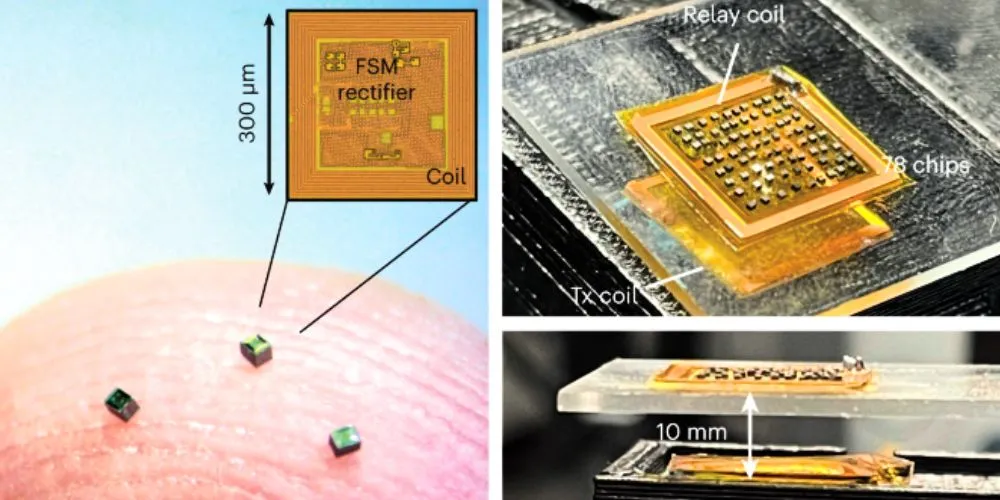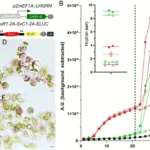Key Points:
- Brown University researchers developed a wireless communication system inspired by the brain, utilizing silicon sensors mimicking neural activity.
- The system offers significant energy savings and real-time signal decoding capabilities, making it suitable for brain-computer applications.
- Neuromorphic microsensors operate event-driven, transmitting signals only upon detecting changes, enhancing efficiency and scalability.
- Experts highlight the system’s simplicity, asynchronous nature, and potential for scalable, low-power systems, signaling a new wave of brain-machine interfaces.
Researchers at Brown University have unveiled a groundbreaking wireless communications system inspired by the brain. The system utilizes an array of minuscule silicon sensors to mimic neural activity, published in Nature Electronics. This innovation holds promise for implantable brain-machine interfaces to monitor and decode brain signals.
Each sensor, measuring a mere 300 by 300 micrometers, functions as a wireless node within a vast network akin to neurons in the brain. When a sensor detects an event, such as a change in temperature or neural activity, it transmits data as a series of radiofrequency pulses to a central receiver, mimicking the brain’s signaling mechanisms.
Arto Nurmikko, a Brown University professor, emphasizes the brain’s efficiency in processing vast amounts of data, driving his team to develop neuromorphic microsensors inspired by neural functioning. These sensors operate on an event-driven basis, transmitting signals only upon detecting changes, resulting in significant energy savings and enabling a more extensive network of sensors.
The researchers employed neuromorphic computing techniques to decode signals in real-time to manage the influx of data from numerous sensors. Through simulations and testing with primate brain recordings, the system demonstrated an error rate below 0.1 percent in predicting hand movements, positioning it as a viable candidate for brain-computer applications.
While adaptable to various biomedical monitoring applications, the primary focus lies in brain-machine interfaces capable of probing extensive brain regions. The sensors, externally powered by wireless beams, offer a compact and unobtrusive design but are limited by power delivery due to safety concerns regarding radiofrequency energy absorption by the body.
Osvaldo Simeone of King’s College London noted that the research, published in Nature Electronics, underscores the feasibility and potential of neuromorphic communications for low-power wireless sensing and decision-making. Federico Corradi of Eindhoven University of Technology highlights the simplicity and asynchronous nature of the sensor’s design, opening possibilities for scalable, low-power systems.
Despite the progress, challenges remain, particularly in maintaining relative timing accuracy amidst asynchronous signaling. However, the development heralds a new wave of brain-machine interfaces, offering insights into brain functioning and paving the way for future advancements in neuroscience and biomedical engineering.





